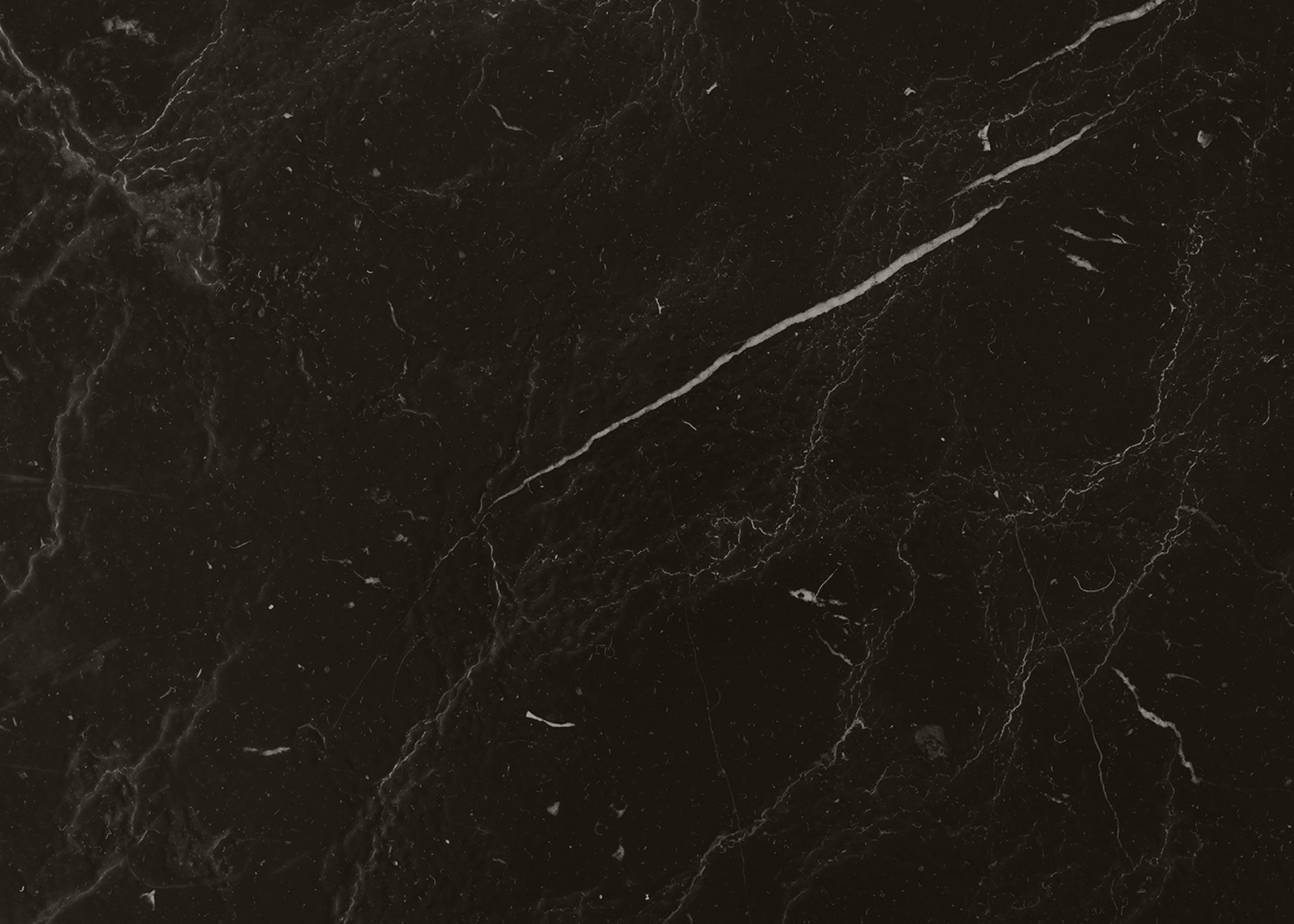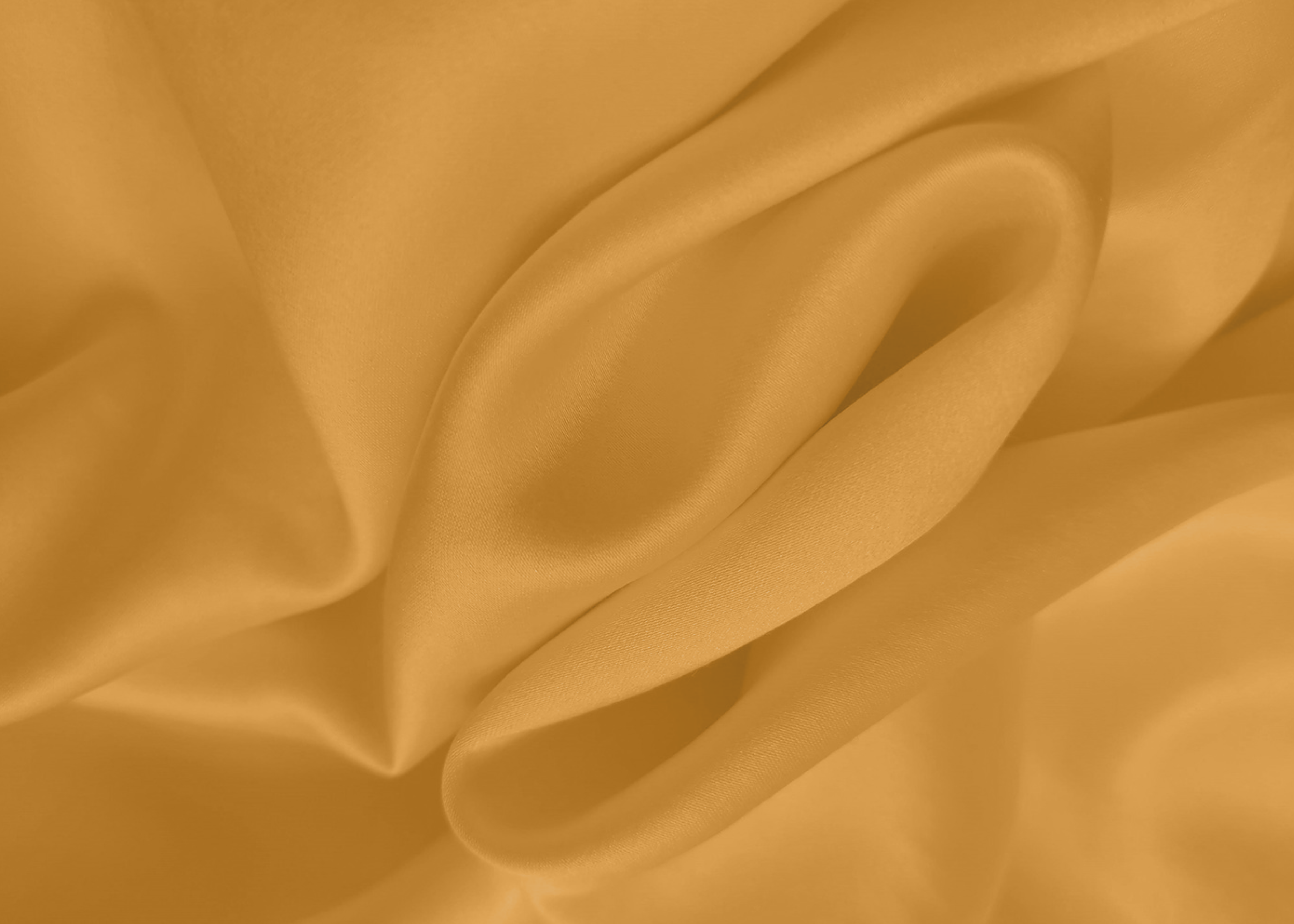face and body Treatments
Laser Skin Rejuvenation in Tomball, TX
Sun damage, dehydration, and the gradual decline of collagen all contribute to loosening skin, especially in areas like the jaw or abdomen. At Tourmaline Skin Care & Laser, our team uses laser skin rejuvenation to reduce mild to moderate wrinkles and firm sagging skin. To find out if you’re a good candidate for laser skin rejuvenation, call the office or book an appointment online today.
What is laser skin rejuvenation?
Laser skin rejuvenation procedures reduce wrinkles and fine lines by causing your skin to constrict. They boost production of vital proteins like collagen and elastin, which help your skin maintain its tight and firm structure. You lose these proteins as you grow older, which is largely responsible for your sagging and wrinkles.
Your skin also ages because of:
Sun exposure
Less oil production
Fat cell shrinkage
Less water retention
Which areas can I treat with laser skin rejuvenation?
There is no limit to the areas you can treat with laser skin rejuvenation, but there are areas where the skin tends to get particularly loose. The team at Tourmaline will help you decide which parts of your face and body would benefit the most from laser skin rejuvenation.
Some of the most commonly targeted areas are:
Abdomen
Jawline
Neck
Cheeks
Upper arms
Book Your Treatment Today
➛
Book Your Treatment Today ➛

Explore Other Clarity II Laser Treatments

Spider Veins in Tomball, TX
If you’ve ever seen little web- or branch-like blood vessels appear on your skin’s surface, then you’re familiar with spider veins. These tiny veins aren’t a harm to your health, but you might not like the way they look. Though you can get vascular lesions like these anywhere on your body, the most common locations for spider veins are your legs and face.
Spider veins vary in color but they all respond to laser spider veins removal which is the same type of treatment for pigmented and vascular lesions. At Tourmaline, we examine your spider veins and can treat one or more of them with a quick 30-minute procedure. Depending on several factors, you might need multiple spider vein treatment sessions
-
Telangiectasias (commonly known as “spider veins”) are dilated or broken blood vessels located near the surface of the skin or mucous membranes. There are many factors that can contribute to the development of spider veins, and not all of them are within your control. These blood vessels often appear on your skin’s surface when they burst under pressure. You might get them because of:
Rosacea
Aging
Pregnancy
Obesity
Hormone changes during puberty, pregnancy, or menopause
Birth control pills
Your genetics
Hormone replacement therapy (HRT)
Sun exposure
-
Spider veins respond to laser vein reduction treatments at Tourmaline Skin Care & Laser. These treatments use a laser device with adjustable settings to target and heat the blood vessels under your skin.
The heat from the laser causes the walls of the spider vein to constrict, which makes them collapse. When this happens, blood can no longer flow through those particular vessels. Instead, it must reroute through other tiny blood vessels in the area.
On your skin’s surface, the visible vein slowly fades and then disappears. Meanwhile, the treatment does no damage to the skin and tissues around the vein. You might need multiple treatment sessions to make a spider vein disappear entirely.
-
Not everyone will qualify for the treatment. People who are pregnant or have tattoos in the area to be treated may not qualify. Certain medications can also lead to problems, so laser vein treatment must be avoided. These medications include blood thinners, photosensitizing drugs, and Accutane.
Individuals who have vitiligo, herpes, or diabetes are also not good candidates for laser vein treatment. However, you should always consult with a trained professional to find out whether or not you can receive this treatment.

Pigmented Lesion Removal in Tomball, TX
Lasers are a simple, fast, effective, non-invasive and safe tool for removing a wide variety of benign pigmented lesions.
Laser removal of pigmented lesions works by destroying the pigment in the skin without the need for excision.
The laser machine works by delivering high energy light pulses using two wavelengths, one (532 nm) that can remove superficial lesions such as freckles, and the other one (1064 nm) that is effective on deeper lesions. The light pulses break up pigmented lesions into small particles that are then removed by the body’s own immune system.
Am I a good candidate?
Not everyone will qualify for the treatment. People who are pregnant or have tattoos in the area to be treated may not qualify. Certain medications can also lead to problems, so pigmented lesion removal treatment must be avoided. These medications include blood thinners, photosensitizing drugs, and Accutane.
Individuals who have vitiligo, herpes, or diabetes are also not good candidates for pigmented lesion removal treatment. However, you should always consult with a trained professional to find out whether or not you can receive this treatment.
What pigmented lesions can be treated?
-
Benign, small, brown macules that often develop in adults on sun exposed areas (face, V of chest, hands, forearms and shin). When they are not too numerous, 1-2 sessions are usually enough to erase them. Before performing laser treatment the skin must be checked by a dermatologist to rule out any malignant or premalignant lesions that may look like solar lentigines.
-
They are small brown macules that appear on sun-exposed areas usually during the summer months. Unlike solar lentigines, they generally present in early childhood. When they are not too numerous, 1-2 sessions are usually enough to erase them but recurrence is common.
-
These small dark brown macules usually appear during childhood. They usually disappear after 1-2 sessions of laser. When they are numerous, the dermatologist must verify that they are not part of a multisystem disorder.
-
They are sharply defined, round to oval, homogenous macules or patches varying in size from two mm to 20 cm. There are found in up to 30 % of normal children. Numerous CALMs may be a sign of systemic disorders. Clearance of small CALMs needs 2-3 sessions. Large lesions are more difficult to treat and sometimes recur after several years.
-
The melasma is a common pigmentary condition characterised by brown patches on the sun-exposed areas of the face, and most commonly occurs in women. Although many treatment modalities have been studied, there is no cure, and recurrences are inevitable. Strict sun protection and the avoidance of other triggers are essential.
Laser treatment is best reserved for carefully selected, treatment-resistant cases in conjunction with topical therapy. To avoid recurrence, after improvement of melasma, regular sessions are required (but no more than every two weeks because too frequent treatments carry the risk of hypopigmentation).

◆
Book a consultation
Sun damage, dehydration, and the gradual decline of collagen all contribute to loosening skin, especially in areas like your jaw or abdomen. At Tourmaline Skin Care & Laser in NW of Houston, Texas, Gladys McClain, Laser Safety Officer, and her team specialize in laser skin rejuvenation to reduce mild to moderate wrinkles, firm sagging skin, and treat pigmented lesions and spider veins.


